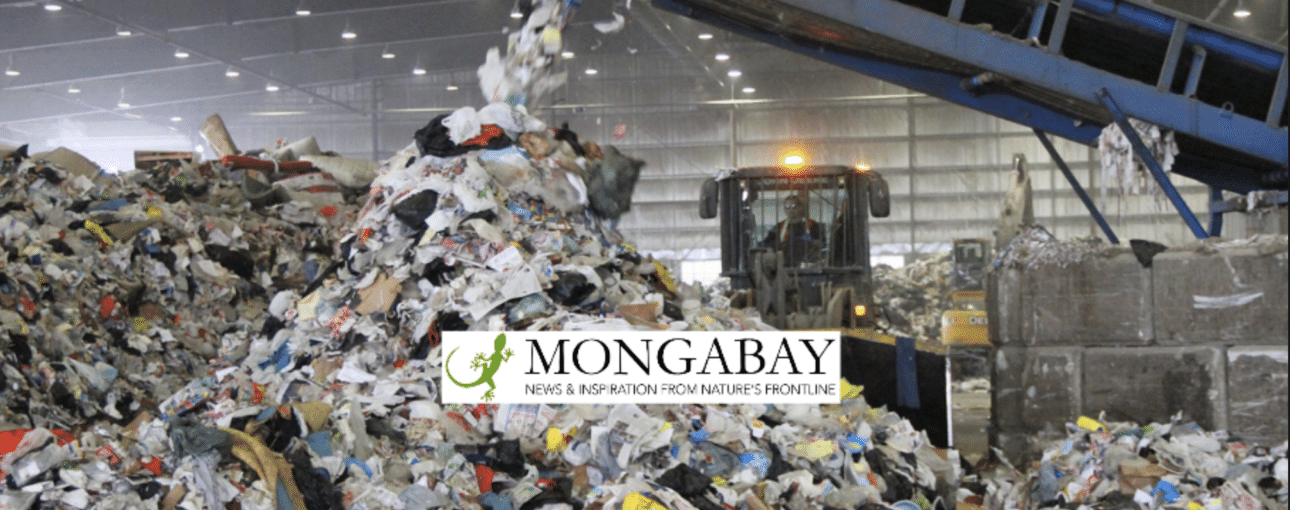“Plastics pollution exacerbates the impacts of all [nine] planetary boundaries,” warns a report published this month in the journal One Earth in the run-up to what could be the final United Nations summit to hammer out an international treaty addressing the global plastics crisis. That meeting, known as INC-5, in Busan, South Korea, happens from Monday, Nov. 25, to Sunday, Dec. 1.
The planetary boundary framework, hypothesized in 2009 and updated several times since then by an international group of scientists, seeks to identify the safe limits of human activity impacting Earth systems. Beyond those safe limits — dubbed the “safe operating space for humanity” — the planet’s natural processes can destabilize, degrade, stop self-regulating or even collapse, creating an extreme and hostile environment for life as we know it. As of this year, human activities have transgressed six of the nine boundaries.
“It’s necessary to consider the full life cycle of plastics, starting from the extraction of fossil fuel and the primary plastic polymer production,” says lead research article author Patricia Villarrubia-Gómez at the Stockholm Resilience Centre. Her research uses a social-ecological approach to focus on the global challenge of plastic pollution.
With the fifth and hopefully final negotiations for an international plastic treaty kicking off this week in Busan, the report authors have called for urgent action to regulate the production and disposal of plastic as well as more systematic research into plastic’s chemicals and impacts.
IPEN, the International Pollutants Elimination Network, released an interactive map Nov. 12 that collects 20 years of research and data on plastics and plastic chemicals and organizes it by country, to aid in the negotiations.
Read the full story in Mongabay.
